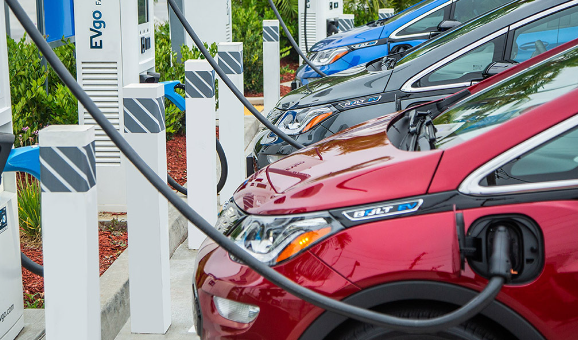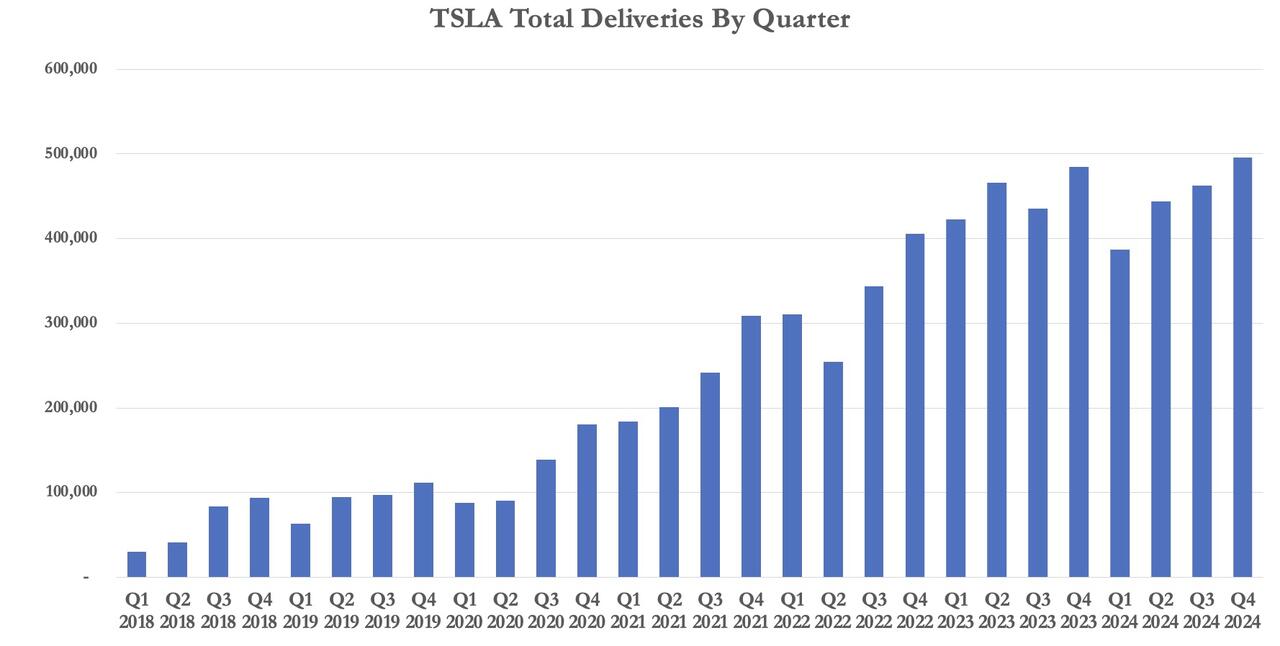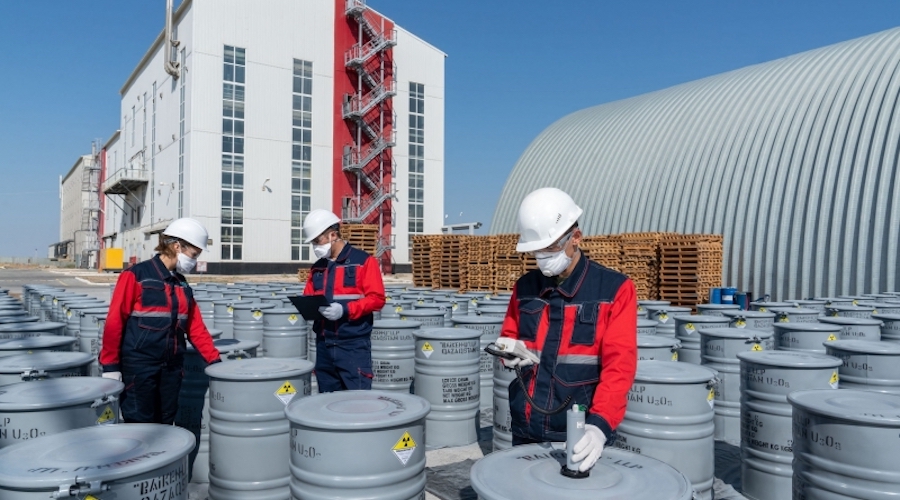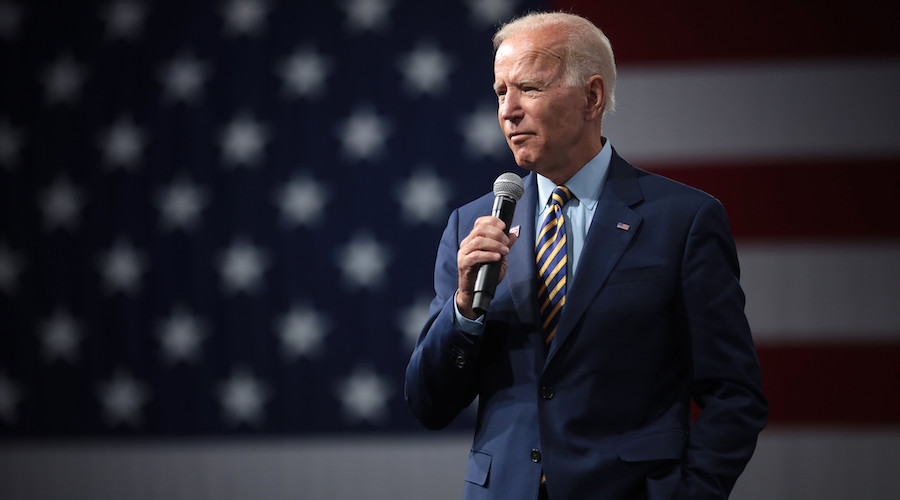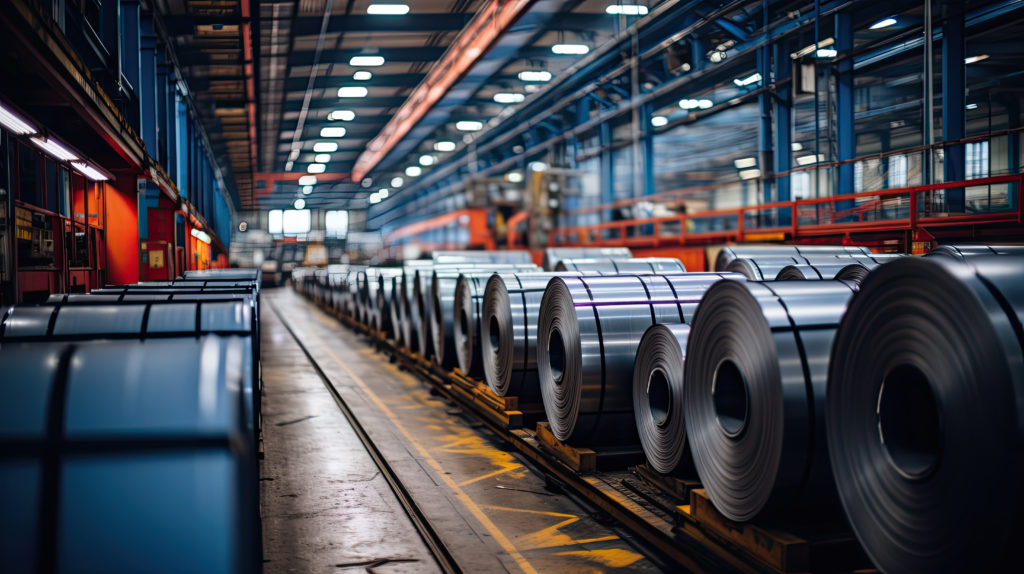By Tsvetana Paraskova - Jan 03, 2025,
![]()
The supergiant West Qurna 1 oilfield in Iraq is expected to have its production capacity raised to 1.2 million bpd by 2035, the project’s subsurface manager, Cai Kaiping, has said.
Oil production at the field has increased to 550,000 barrels per day (bpd) since China National Petroleum Corporation (CNPC) took over the operations a year ago.
At the beginning of 2024, CNPC officially took over from U.S. oil giant ExxonMobil as the lead contractor of the West Qurna 1 oilfield in Iraq, near Basra in the southern part of the country.
West Qurna 1 is one of the largest oil fields in the world, with reserves estimated at more than 20 billion barrels of recoverable hydrocarbons.
West Qurna 1 is located around 65 kilometers (40 miles) from southern Iraq’s key oil and export hub of Basra and holds a considerable part of the estimated 43 billion barrels of recoverable reserves held in the entire supergiant West Qurna field.
By last year, the average yearly production at West Qurna 1 increased to 541,000 bpd, Iraqi officials and Chinese executives said this week at the opening of the new operation headquarters of the West Qurna 1 oilfield in Basra.
The field’s oil production has now reached 550,000 bpd, Iraq’s Oil Minister Hayan Abdul Ghani said, as carried by China Daily.
Going forward, CNPC has planned major expansions to the field’s production capacity.
“We expect production capacity to reach 800,000 barrels per day by 2028 and 1 million barrels per day by 2030, and in the next phase, production capacity will reach 1.2 million barrels per day by 2035,” China Daily quoted the project’s subsurface manager Cai Kaiping as saying this week.
This year, the commissioning of four key projects at West Qurna 1 is expected to help raise production capacity by 200,000 bpd, according to the Chinese executive.
By Tsvetana Paraskova for Oilprice.com
The supergiant West Qurna 1 oilfield in Iraq is expected to have its production capacity raised to 1.2 million bpd by 2035, the project’s subsurface manager, Cai Kaiping, has said.
Oil production at the field has increased to 550,000 barrels per day (bpd) since China National Petroleum Corporation (CNPC) took over the operations a year ago.
At the beginning of 2024, CNPC officially took over from U.S. oil giant ExxonMobil as the lead contractor of the West Qurna 1 oilfield in Iraq, near Basra in the southern part of the country.
West Qurna 1 is one of the largest oil fields in the world, with reserves estimated at more than 20 billion barrels of recoverable hydrocarbons.
West Qurna 1 is located around 65 kilometers (40 miles) from southern Iraq’s key oil and export hub of Basra and holds a considerable part of the estimated 43 billion barrels of recoverable reserves held in the entire supergiant West Qurna field.
By last year, the average yearly production at West Qurna 1 increased to 541,000 bpd, Iraqi officials and Chinese executives said this week at the opening of the new operation headquarters of the West Qurna 1 oilfield in Basra.
The field’s oil production has now reached 550,000 bpd, Iraq’s Oil Minister Hayan Abdul Ghani said, as carried by China Daily.
Going forward, CNPC has planned major expansions to the field’s production capacity.
“We expect production capacity to reach 800,000 barrels per day by 2028 and 1 million barrels per day by 2030, and in the next phase, production capacity will reach 1.2 million barrels per day by 2035,” China Daily quoted the project’s subsurface manager Cai Kaiping as saying this week.
This year, the commissioning of four key projects at West Qurna 1 is expected to help raise production capacity by 200,000 bpd, according to the Chinese executive.
By Tsvetana Paraskova for Oilprice.com
